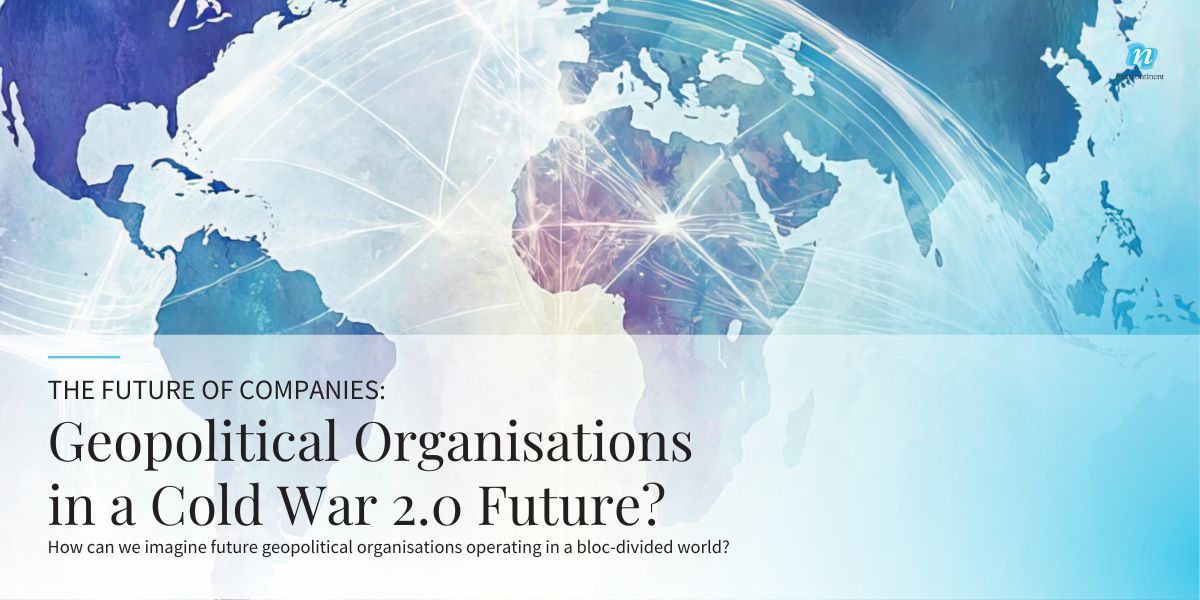The business world is at a crossroads: the world order, the environment, society, and technology have all evolved extremely rapidly in recent years, and many trends suggest that pressure and change will continue to accelerate (social pressure for sustainability, resource scarcity, climate events, geopolitical turbulence…).
The best way to prepare for these future changes is to explore radically different scenarios, through a process designed to support a better understanding of what is essential to observe, analyse, and consider when thinking about the future of one’s company—and how to start preparing for it today.
Over the past 20 years, we have witnessed the gradual emergence of new geopolitical and geoeconomic blocs, respectively centred around the United States and China, structured around key trends that are reshaping the global landscape. Naturally, there are many other ongoing conflicts and events (such as the Ukraine–Russia war or the Israel–Palestine conflict), which dominate headlines and strategic discussions. However, foresight focuses on identifying the core forces shaping future developments, to work on the most critical hypotheses of change—and the US–China rivalry remains, in our view, the primary force driving the future geopolitical landscape.
Current geopolitical turbulence and its potential evolution may become the dominant factor shaping the future of companies, influencing their strategies to adapt to a new business and operational environment.
To better understand these changes, Nextcontinent, our international network, has published the white paper “The Future of Companies: Geopolitical Organisations in a Cold War 2.0 Future?”, which explores how global institutions are adapting to this new reality.
Thanks to Camille Gauthier, Speaker-researcher on the intersection of future studies and uncertainty and the whole Nextcontinent Management Innovation Lab for this valuable collaboration.


